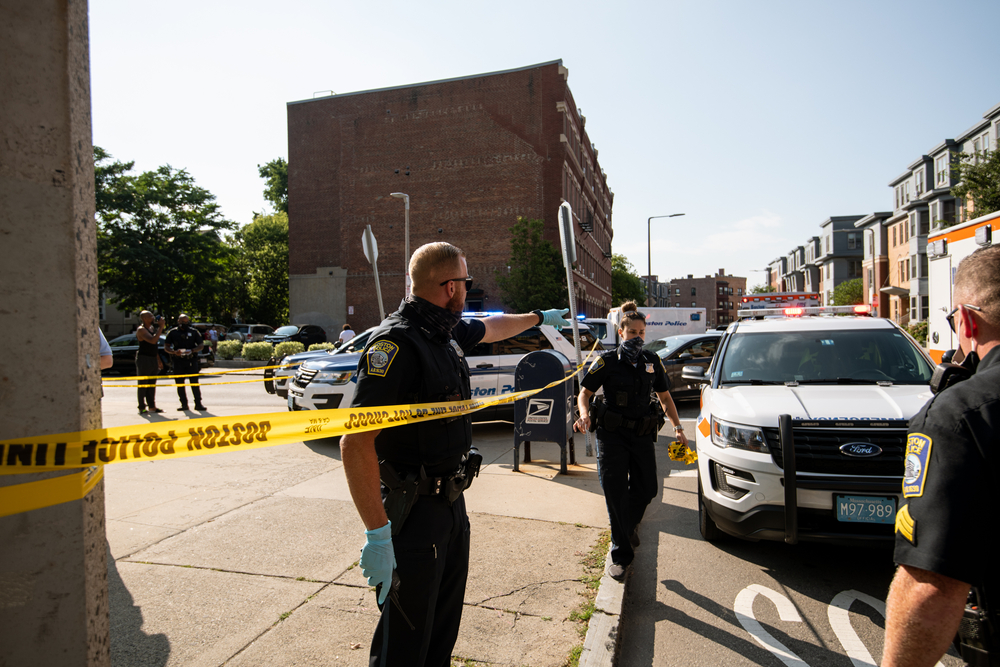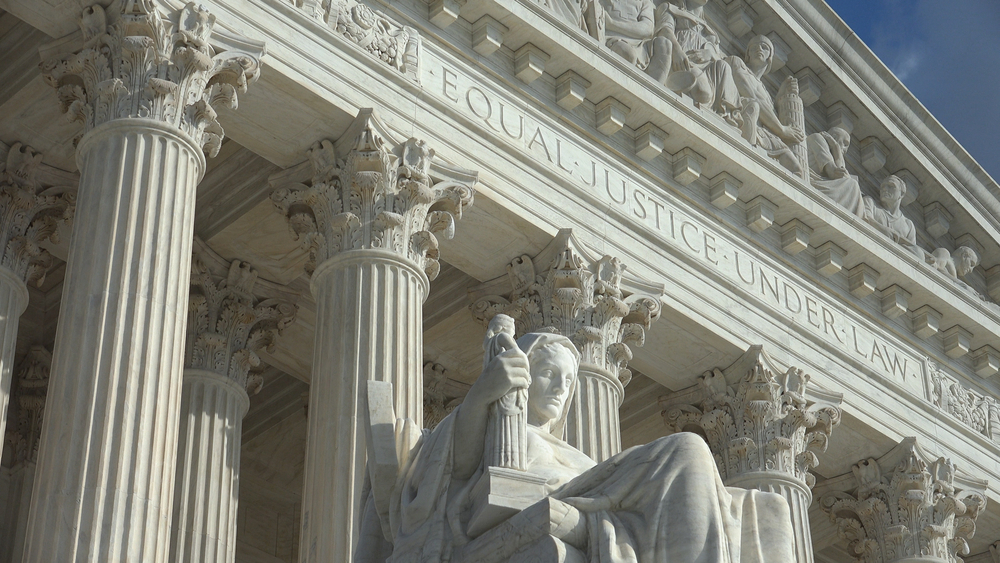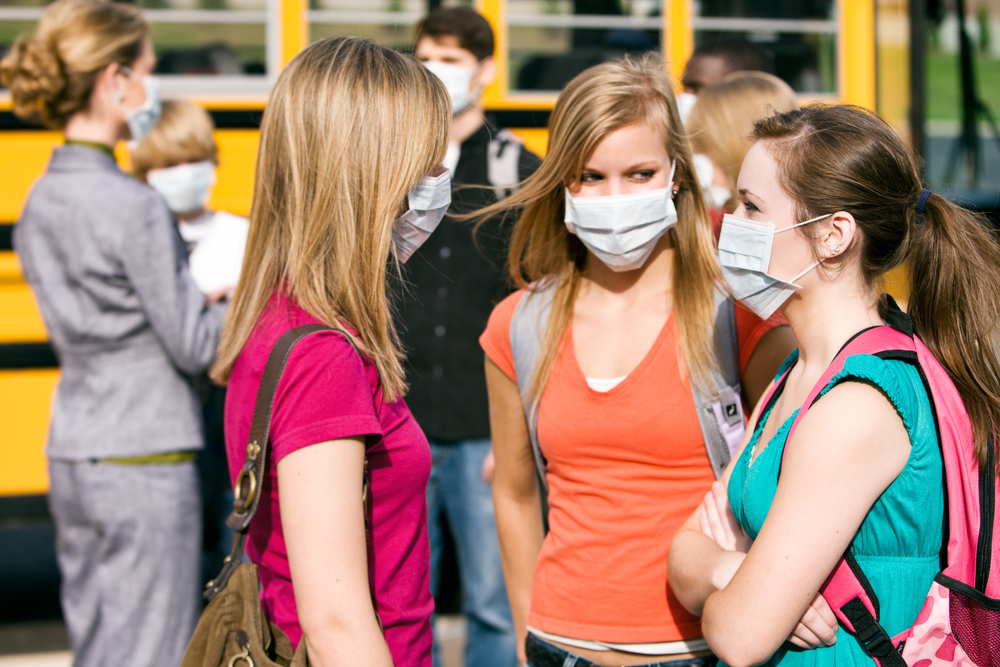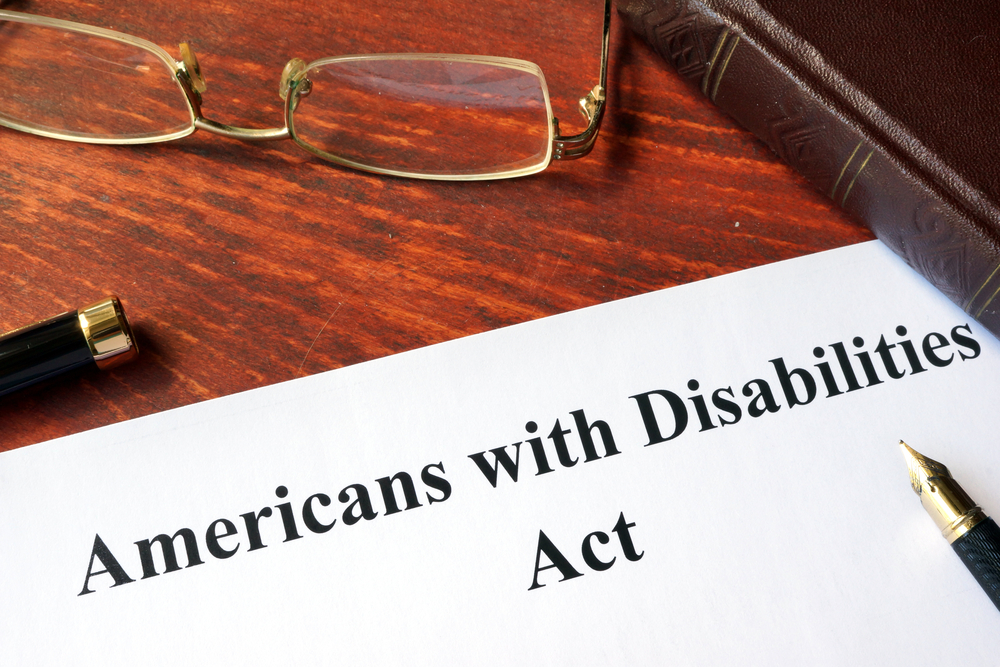Crime rate often dropped as coronavirus took over
COVID-19 has changed the crime rate in many cities across the nation. Most continue to show a decrease in calls for service, even as in some places the economy begins to open.

University of Pennsylvania Law Professor David Abrams, who, in the early days of the pandemic began tracking crime rates in major cities, said the virus initially led to an abrupt change in time spent at home and an equally abrupt drop in the crime rate. His citycrimestats website, where he has data available to the public, continues to be popular with journalists and researchers, he said. He is hoping more police departments will use it, especially if there is another large COVID-19 outbreak.
RELATED: Chokeholds lose favor in many, not all, police departments
RELATED: Police interviews, social distancing call for creativity

“This is something useful both to police and to individuals as we are dealing with this unprecedented time,” Abrams said. “If you are trying to predict what will be the impact of the forthcoming lockdown if we have additional lockdowns, this could be the best guide to that, showing what has already happened this year.”
Collecting data from more than 25 cities using open data portals and email requests, Abrams found that, generally, crime has fallen considerably during the pandemic. Major cities including Baltimore, Boston, Chicago, Philadelphia, San Francisco, and Washington, D.C., have all seen declines in reported crimes of more than 30 percent. Some cities, including Cincinnati and Seattle, saw no significant changes.
Most cities saw a 70% drop in drug crimes, initially, and substantial declines in residential burglaries, violent crime — except for murder — and theft.
Some crimes increased
Some crimes, including car thefts and non-residential burglaries, increased, suggesting that criminal activity is shifting to locations with fewer people.
Abrams, who also teaches business economics and public policy, said he hopes to try “to go to sub-city levels now to understand even more. This could help police figure out the best places to deploy their resources and what types of crime to focus on. You want to have the best cases you can” to target areas most likely to need police assistance.
Some say the crime rate during COVID-19 has not just dropped, but in some areas shifted, with more domestic violence calls, as people live in close quarters.
The National Bureau of Economic Research reports that it used cell phone block-level activity data and administrative 911 and crime data from Chicago to estimate the effects of the stay-at-home order on domestic violence calls. The stay-at-home order led to a decrease in total calls for police service, but an increase in domestic violence-related calls.
“Effects are larger in areas with a high proportion of renters,” the report states. “Overall, we estimate that nearly 1,000 cases of domestic violence crimes went underreported between March and April.”
Abrams said that is likely the result of the abused living in close quarters with their abusers and being unable or unwilling to call police.
That is just one more reason “we need data to guide public precaution and policing,” he said.
After the initial crime drop, Abrams said, he noted a statistically significant increase in reported homicides and shootings. “If you compare May to June, compared to the past five years, it is an unusually large increase in those crimes.”
Burglaries at commercial buildings have also seen a resurgence. Abrams said that is to be expected, with many of those businesses still shut down and vacant.

















